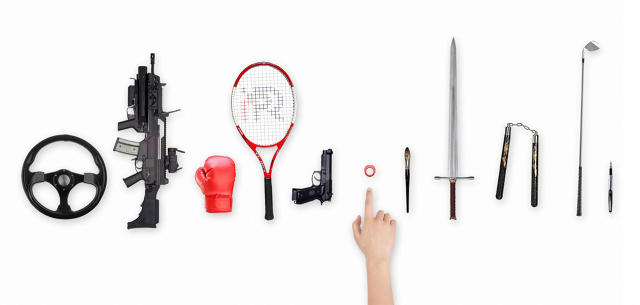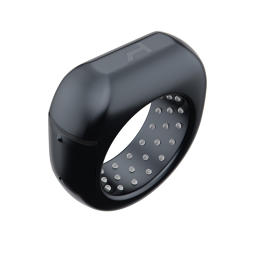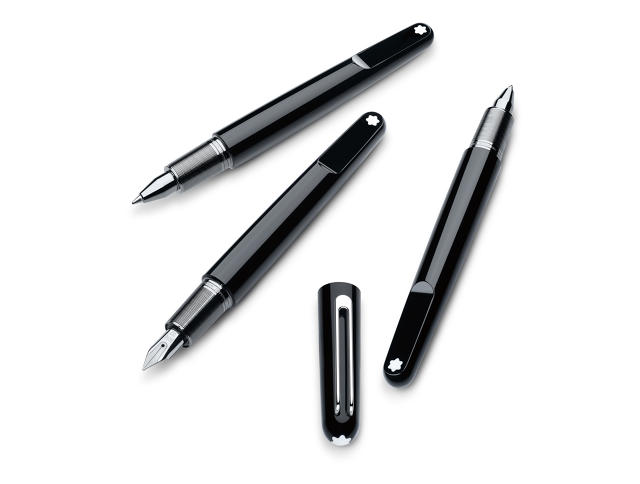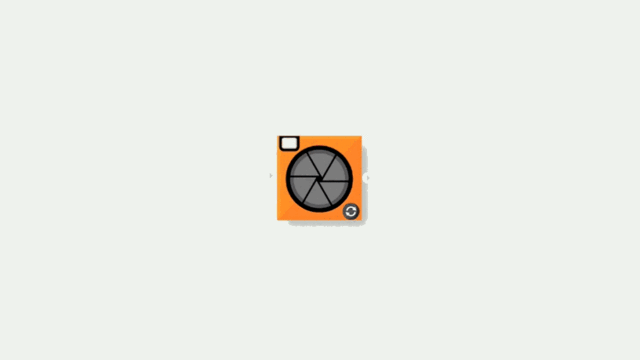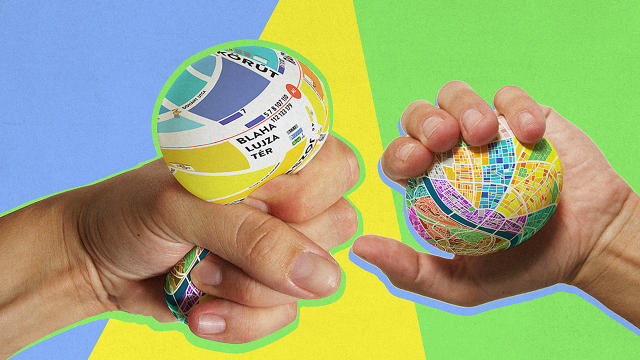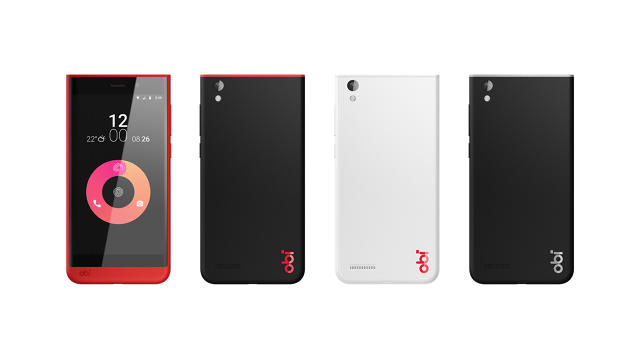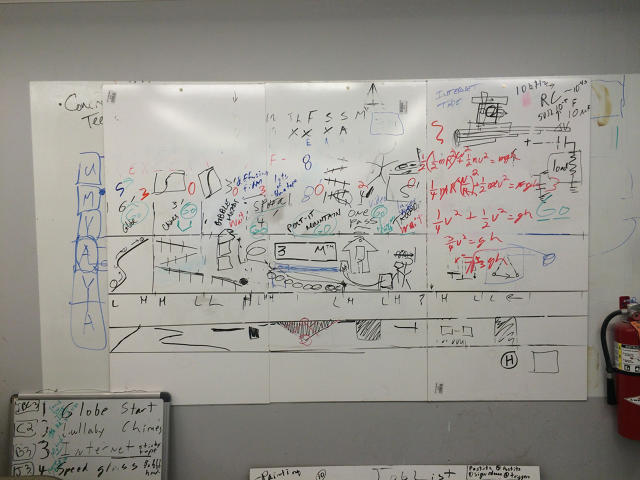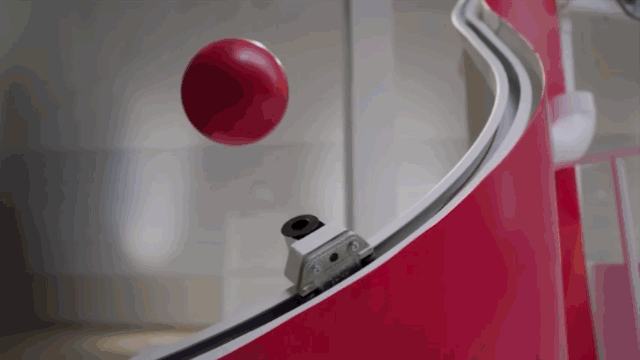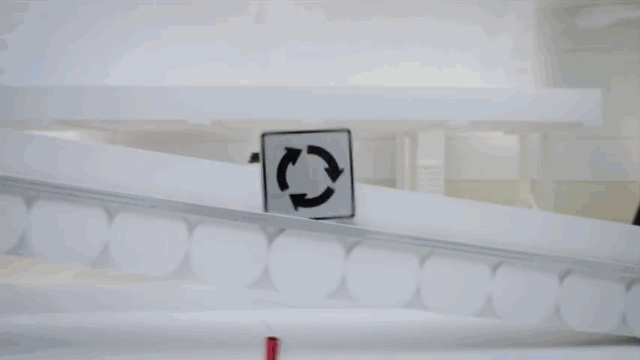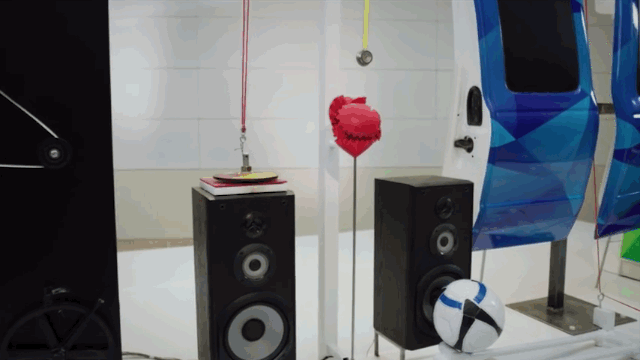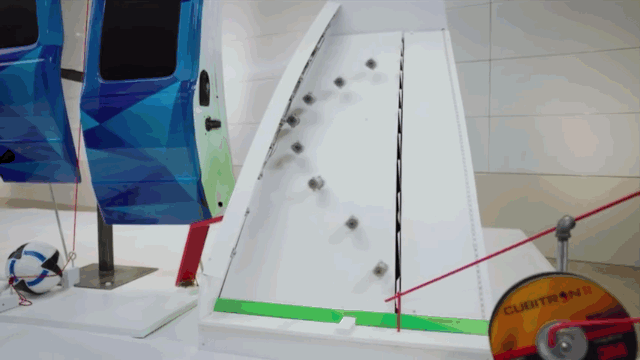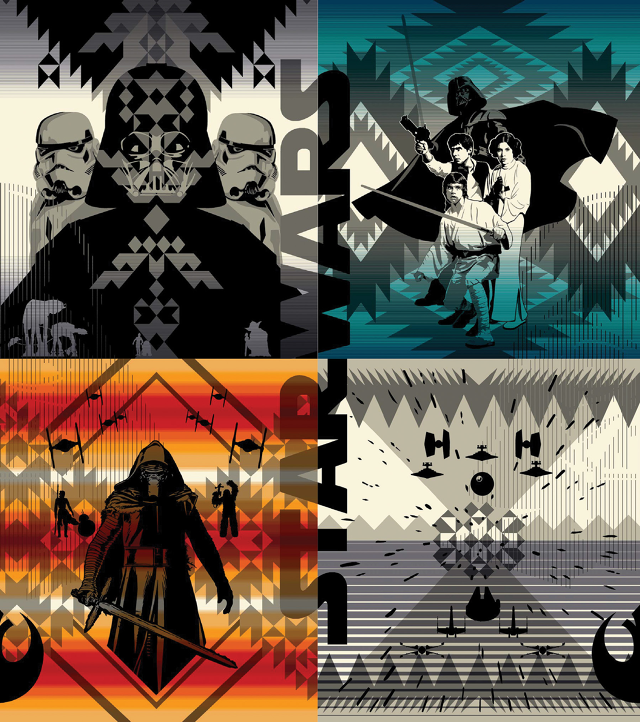From malnutrition due to dementia to the inability to eat with dignity, patients with neurodegenerative have a lot of problems at meal times, difficulties Taiwanese designer Sha Yao saw first hand when her grandmother came down with Alzheimer's. So she invented Eatwell, a new tableware set that uses bright colors, innovative ergonomics, and clever design to help Alzheimer's patients through mealtime.

The Eatwell tableware set is colorful. Made up of balloon-like shades of colorful plastic in the three primary colors, Eatwell almost looks like a Playskool dinner set. But Eatwell isn't designed for children—it's scaled for adult hands—and the colors weren't chosen to be playful. Yao says that she chose her shades of red, yellow, and blue because of a study conducted by researchers at Boston University who discovered that individuals with cognitive impairment consumed 24% more food and 84% more liquid when they were served in brightly colored vessels.

But there's more to Eatwell's design than just color. Every piece has been custom designed to address the needs of cognitive, motor, and physical impairments. The bowls and cups have a slanted base, to allow liquids and semi-solid foods to naturally collect on one side, making it easier for Alzheimer's patients to scoop and sip from them. Meanwhile, the curvature of the spoon head is designed to precisely match the contours at the bottom and sides of the bowls, allowing the latter to act like a natural guide for scooping. The spoon handle was ergonomically designed to make gripping more comfortable, while the mug handles have been designed so that they prevent tipping. The Eatwell even comes with a serving tray with two special multi-sectional flaps that allows a user or caretaker to fasten a bib, tablecloth, or napkin to the tray to prevent clothing or carpet stains.
In all, Yao says the Eatwell has over 20 unique features, designed especially to meet the special needs of people with Alzheimer's and other motor or mental impairments, features which helped Yao easily fund Eatwell on Indiegogo last year. "The response and the feedback that we have been getting from early testers, caretakers, and specialists in the aging care and elderly communities have been overwhelmingly and universally positive," she says.

Even if you don't have someone with Alzheimer's in your life, Yao says that designing for special needs is something all designers should think about. "People are living longer on average, and populations are aging all around the world," she argues. "The number of people that will experience Alzheimer's or other forms of dementias is expected to increase dramatically over the next few decades, and providing sufficient nourishment and nutrition for these and other impairments will become a critical concern."
"Raising awareness and addressing the needs of people with impairments will allow them to maintain their dignity, retain as much independence as possible, and reduce the burden on their caretakers," she continues. "That's what made designing the Eatwell tableware set so rewarding."
